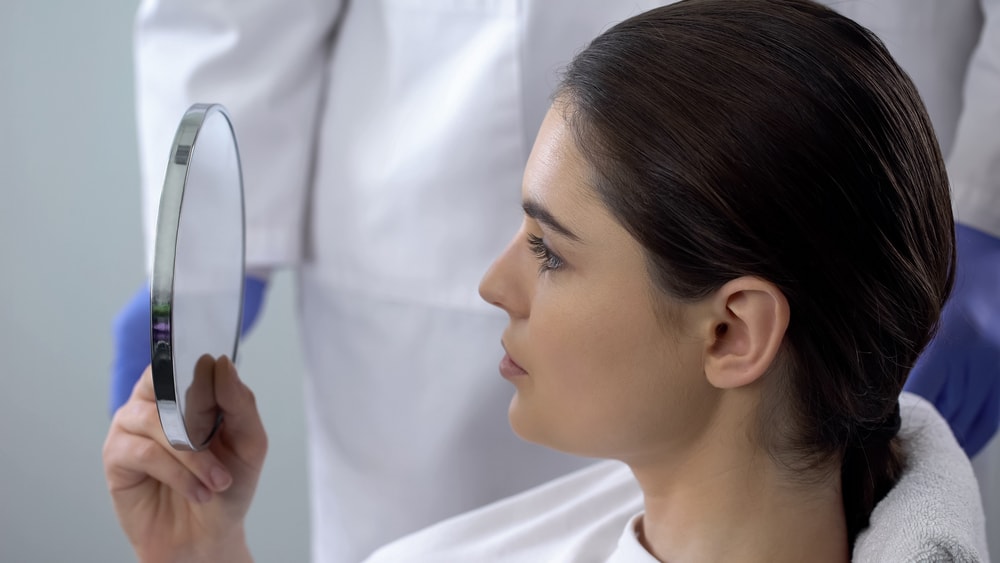
Rhinoplasty is performed to alter, enhance or change the appearance and size of the nose and these changes become visible after the patient performs post-rhinoplasty surgery proper nose care. Alterations can also be made by making changes to the cartilage, bone or skin of the nose in order to improve the ability of the patient to breathe as well as provide a better balance to the features of the face.
Some of the reasons patients want to undergo rhinoplasty include narrowing the bridge of the nose, making the appearance of a crooked nose look straighter, addressing functionality issues that help a person breathe easier or alter the angle located between the nose and the upper lip.
What does it take to perform post-rhinoplasty surgery proper nose care? There are a number of steps patients need to follow to ensure the nose heals properly and enjoy the best results possible. To make it easier for patients to remember these steps, Cosmetic Town TV has a closer look at post-rhinoplasty surgery nose care.
Before the patient has to take care of the nose following surgery, the actual rhinoplasty procedure needs to take place. Rhinoplasty surgery can be performed as open or closed rhinoplasty. Open rhinoplasty is when the incisions for the procedure are made on the outside of the nose where any scars might be seen by others. Closed rhinoplasty is a procedure that places the incisions on the inside of the nose so any potential scars will not be visible to the public.
The first step patients should follow after undergoing rhinoplasty is having someone drive them home after the surgery. Once they arrive home, it is advised to squirt saline mist spray inside the nose, as well as place a little bit of antibiotic ointment inside the nose, 4-6 times a day for a few weeks after surgery. These steps will help to minimize any nasal crusting that might occur during the initial recovery period.
Any swelling after surgery can be minimized by wrapping cool compresses in a dry cloth and then applying them to closed eyes about four times a day for the first day or two after surgery. In addition, patients should sleep with their head elevated for the first week after surgery.
Anyone that has rhinoplasty surgery should be careful to not blow their nose for two weeks after surgery as the force of blowing the nose can disrupt the healing process and cause bleeding. Patients that need to sneeze should do so with their mouth open in order to minimize any damage to the nose.
The nose should be protected from too much exposure to the sun so patients are advised to use a sunblock, SPF 15 or higher, for at least 6 months after surgery. The sunblock is necessary to avoid reddish discoloration of the skin on the nose.
The sutures used if the incisions are placed inside the nose are normally dissolvable so they will disappear in a few weeks without the surgeon needing to remove them. External sutures that are not dissolvable will be removed by the surgeon around 5-7 days after the surgery.
It is important to keep the nose safe and free from injury during the recovery period. Do not apply pressure to the nose for a few months after the surgery and do not squeeze it, bump it or have anyone hit the nose by accident while playing sports or playing with children or dogs.
Whether the rhinoplasty surgery is performed as open or closed rhinoplasty, there are a number of items patients can expect to see following the procedure:
MA